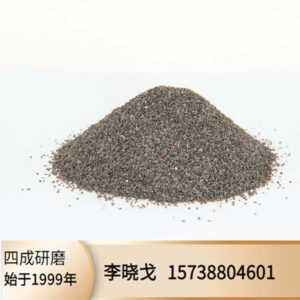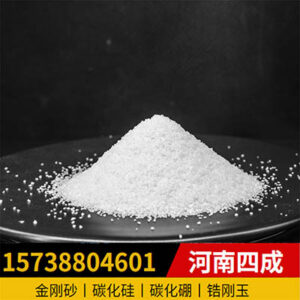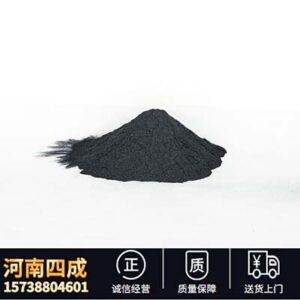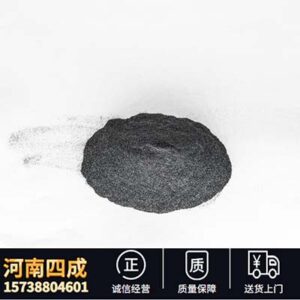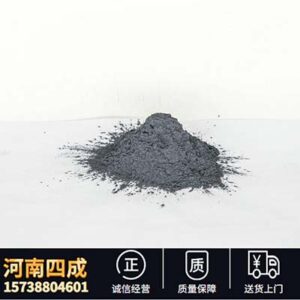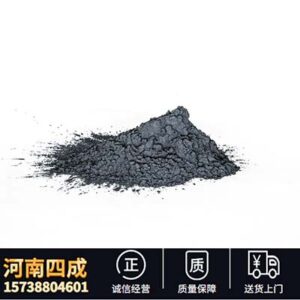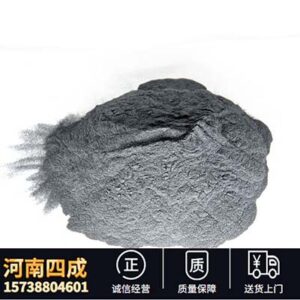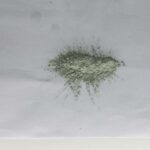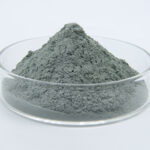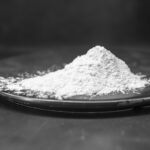Brown fused alumina is made of bauxite, anthracite and iron filings, and is smelted at high temperature in an electric arc furnace. During the smelting process, the carbon in the anthracite reduces impurities such as silicon oxide, iron oxide, and titanium oxide in the bauxite to metals, and these metals are combined to form a ferroalloy, which settles to the bottom of the furnace due to its larger specific gravity than the corundum solution. The corundum solution separates. Only a small amount of impurities are included in the corundum frit.
The main mineral composition of brown corundum is physical corundum, trigonal crystal system, a small amount of mineral magazines include: calcium silicate, calcium plagioclase, fluorine and chlorite (also known as mullite), titanium compounds, vitreous body and a small amount of ferroalloy, etc.
Brown corundum has strong resistance to crushing, oxidation resistance, corrosion resistance, good chemical stability, and is a widely used abrasive. It is suitable for grinding metal materials with high tensile strength, such as fine grinding and fine grinding of ordinary carbon steel, hard bronze, alloy steel, grinding threads and gears, etc.
White corundum is made of high-quality aluminum oxide powder. White corundum is refined and crystallized by capacitors. It has high purity, good self-sharpness, acid and alkali corrosion resistance, high temperature resistance, and stable thermal performance.
White corundum has slightly higher hardness than brown corundum, slightly lower toughness, high purity, good self-sharpening, strong grinding ability, low calorific value, high efficiency, acid and alkali corrosion resistance, high temperature resistance and thermal stability. Abrasive tools made of white corundum strength sand are suitable for grinding fine-grained abrasives such as high-carbon steel, high-speed steel and stainless steel. White corundum can also be used for precision casting and advanced refractory materials.
